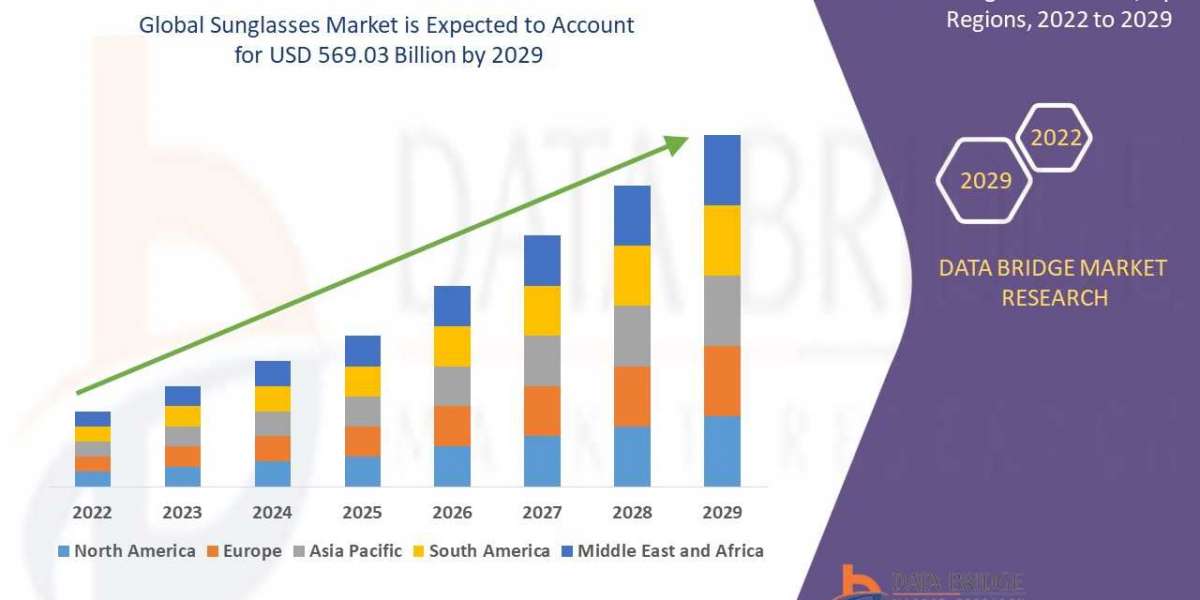The metal packaging market is a thriving and versatile industry, encompassing the production of various containers and packages made primarily from metals such as aluminum and steel. These containers serve a wide range of purposes, from preserving food and beverages to packaging pharmaceuticals and industrial products. The market plays a crucial role in providing durable, sustainable, and cost-effective packaging solutions.
Key Segments of the Metal Packaging Market:
Beverage Cans: Beverage cans, commonly made of aluminum, have become a symbol of the metal packaging industry. These containers are used for carbonated and non-carbonated drinks, including soda, beer, and energy drinks. Their lightweight, recyclable nature, and ability to preserve product quality have made them a preferred choice.
Food Containers: Metal packaging in the food industry includes various types of containers such as metal cans, jars, and lids. These are employed for preserving a wide array of products, from fruits and vegetables to soups and pet food. The hermetic sealing of metal containers helps maintain product freshness and shelf life.
Aerosol Cans: Aerosol cans are ubiquitous in the personal care and household product sectors. They are used for dispensing products like deodorants, air fresheners, paints, and insect repellents. Metal cans ensure airtight sealing and efficient spray mechanisms.
Pharmaceutical Packaging: The pharmaceutical industry relies on metal packaging for its robustness and protection against contamination. Metal containers and closures are commonly used for packaging medicines, vitamins, and medical devices.
Market Trends and Drivers:
Sustainability and Recyclability: The metal packaging market benefits from growing environmental awareness. Metal containers are recyclable and often made from a high percentage of recycled materials, aligning with sustainability goals and consumer preferences.
Premium Packaging: The appeal of premium and luxury packaging has driven the use of metal in high-end products, such as premium chocolates, spirits, and cosmetics. Metal packaging conveys a sense of quality and sophistication.
Innovations in Design: Metal packaging is not just functional; it's also about aesthetics. Creative and customizable designs, embossing, and printing on metal containers enable brands to enhance their visual identity and stand out on store shelves.
Preservation of Product Quality: Metal packaging excels in preserving the quality and taste of products. It ensures protection against light, oxygen, and external contaminants, making it ideal for items with long shelf lives, like canned vegetables or coffee.
Technology Advancements: The metal packaging industry continues to evolve with the integration of advanced technologies. This includes innovations in metal can manufacturing processes, coatings to prevent corrosion, and smart packaging solutions.
Challenges and Future Prospects:
Despite its many advantages, the metal packaging market faces challenges related to the environmental impact of mining and processing metals, which require substantial energy and resources. Additionally, competition from alternative packaging materials like plastics and glass poses a threat to market share.
The future of the metal packaging market looks promising. As sustainability and recyclability become paramount concerns for consumers and brands, metal packaging will continue to gain favor. Moreover, technological advancements will drive further innovation in the industry, addressing challenges related to resource consumption and environmental impact.
In conclusion, the metal packaging market remains a fundamental and adaptable sector of the packaging industry. With its focus on sustainability, preservation, and design innovation, it is well-positioned to meet the evolving needs and preferences of consumers and industries worldwide. The market is set to continue growing and evolving, driven by a commitment to environmental responsibility and technological progress.














